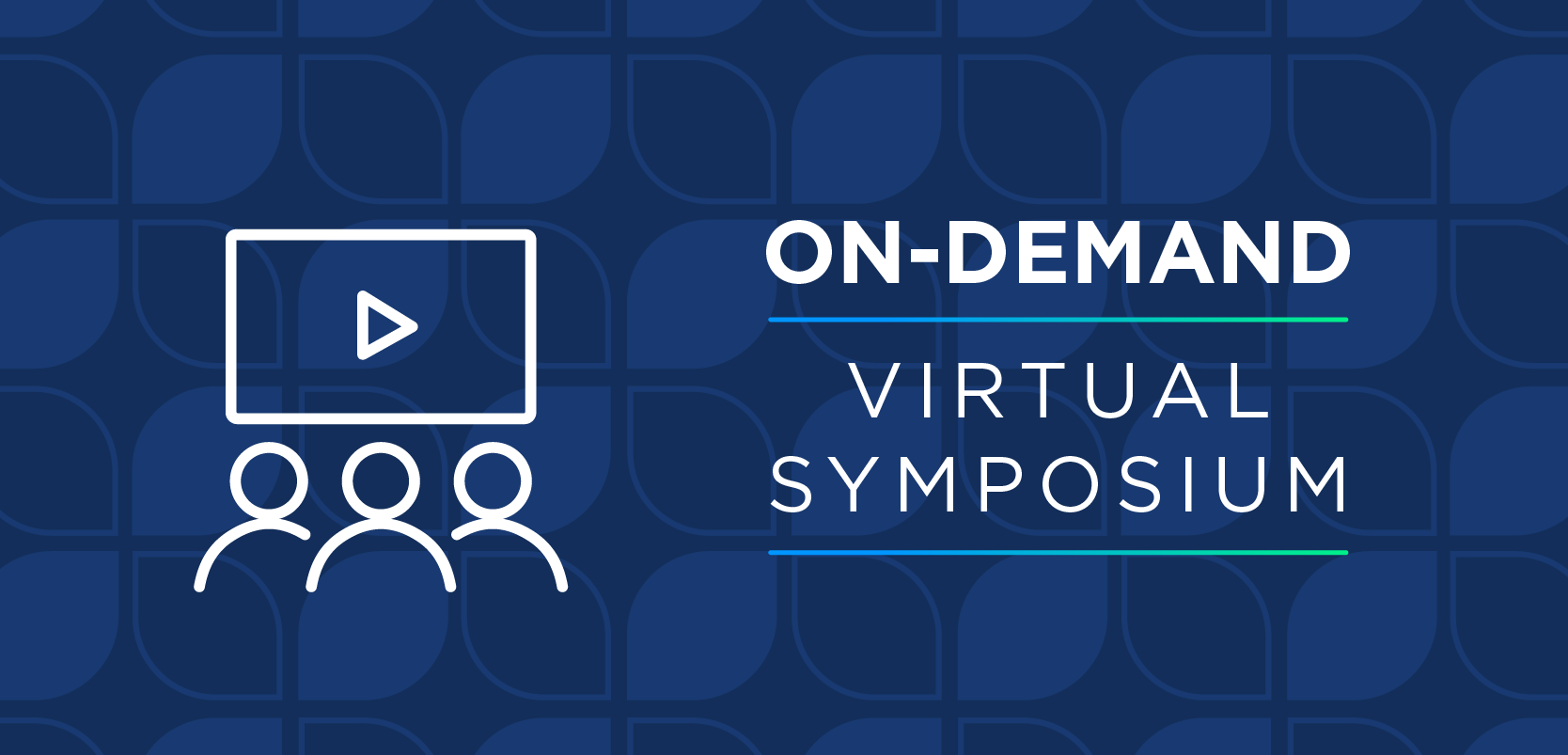
ART Reduces Postoperative Mortality Rates in HIV Patients
Mortality rates also affected by age and poor nutrition.
Mortality rates also affected by age and poor nutrition.
Antiretroviral therapy (ART) was found to reduce postoperative mortality rates in patients infected with HIV, a recent study finds.
Published online recently in JAMA Surgery, researchers also found mortality rates to be equally as influenced by age and poor nutrition as they were by CD4 cell counts.
Patients with HIV have become candidates for a variety of surgical procedures thanks in part to the impact of ART, but the association with improved overall survival and short-term surgical outcomes is not yet clear, according to the study.
The researchers examined medical data from the US Veterans Health Administration Healthcare System from 1996 to 2010 in order to contrast 30-day postoperative mortality in patients with HIV who received ART with mortality rates from uninfected patients. The data included 1641 patients with HIV who were receiving ART and were undergoing inpatient surgery compared with 3282 uninfected patients who were matched by surgical procedure.
The most common procedures in both groups were cholecystectomy (10.5%), hip arthroplasty (10.5%), spine surgery (9.8%), herniorrhaphy (7.4%), and coronary artery bypass grafting (7%).
CD4 cell counts in the HIV group were 80% with 200/μL or more, 16.3% with 50/μL to 199/μL, and 3.7% with less than 50/μL. Additionally, 74.1% of HIV-infected patients had undetectable levels of HIV-1 RNA.
The HIV-infected patients had 30-day postoperative mortality rates of 3.4%, while uninfected patients had a mortality rate of 1.6%. Patients with HIV also had increased mortality across all CD4 cell count levels when compared with patients who are uninfected.
The factors strongly associated with mortality were poor nutrition and age.
"For example, after adjustment, HIV-infected individuals with a CD4 cell count higher than 200/μL can be expected to have a postoperative mortality rate similar to that in an uninfected individual 16 years older: surgery on a 50-year-old patient with HIV infection who is receiving ART has a 30-day mortality risk similar to that of a 66-year-old individual without the infection," the study authors noted.
It was noted that the link between HIV infection, CD4 cell count, and mortality should be considered in context.
“Many uninfected patients have postoperative risks that exceed those of HIV-infected patients with CD4 cell counts above 200/μL. For example, a 45-year-old HIV-infected patient with a CD4 cell count of 200/μL or more had a lower rate of 30-day postoperative mortality than did any 65-year-old uninfected patient or a 45-year-old uninfected patient with hypoalbuminemia,” the authors wrote.
Newsletter
Stay informed on drug updates, treatment guidelines, and pharmacy practice trends—subscribe to Pharmacy Times for weekly clinical insights.


















































































































































































































